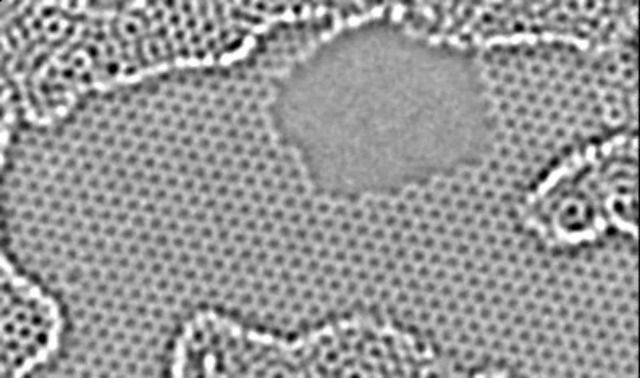May 6, 2014
White Swan Update by Andres Agostini at http://lifeboat.com/blog/2014/04/white-swan
Posted by Andres Agostini in category: futurism
White Swan Update at https://lifeboat.com/blog/2014/04/white-swan
Functioning of aged brains and muscles in mice made younger http://www.kurzweilai.net/functioning-of-aged-brains-and-mus…de-younger
Stem cells from teeth can make neuron-like cells and networks http://www.kurzweilai.net/stem-cells-from-teeth-can-make-neu…d-networks
How to change the crystal structure of graphene from metal to semiconductor http://www.kurzweilai.net/how-to-change-the-crystal-structur…iconductor
 The May 2014 Scientific American article, “Super Symmetry, A Crisis in Physics”, got me thinking. If the proton mass is substantially greater that the sum of the masses of the quarks & gluons in the proton then there is an outrageous question regarding the Standard Model.
The May 2014 Scientific American article, “Super Symmetry, A Crisis in Physics”, got me thinking. If the proton mass is substantially greater that the sum of the masses of the quarks & gluons in the proton then there is an outrageous question regarding the Standard Model. In April 2012 I met Lisa Randall while book signing at the National Space Symposium, held every April at the Broadmoor Hotel, Colorado Springs, Colorado. She is the Frank B. Baird, Jr., Professor of Science at Harvard University.
In April 2012 I met Lisa Randall while book signing at the National Space Symposium, held every April at the Broadmoor Hotel, Colorado Springs, Colorado. She is the Frank B. Baird, Jr., Professor of Science at Harvard University.



 Jason Dorrier — Singularity Hub
Jason Dorrier — Singularity Hub







